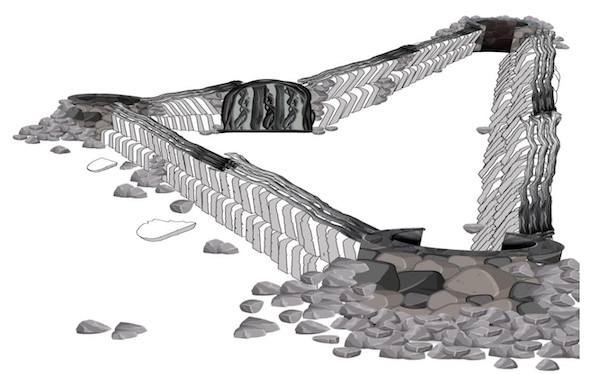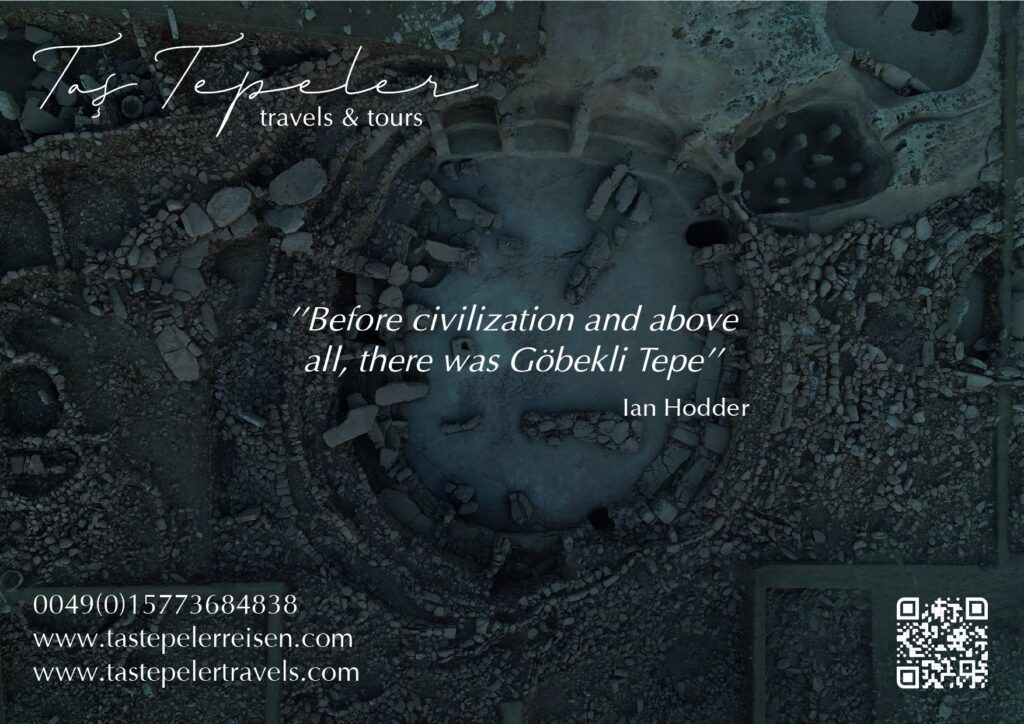
Cultural Region in the Light of New Data (Göbekli Tepe, Sayburç)
One of the most surprising and distinguishing characteristics of the symbolism in the Göbekli Tepe Neolithic Culture is the widespread use of animals. The interpretations of this symbolism up to this date were more often on the wildness of these animals and the roles that they have played in the spiritual world of the humans of the period. The perspective in question led to the conclusion that at this period the physical interaction between humans and animals was limited. This study is based on the new archaeofaunal data and approaches regarding Southwest Asia and the hunting ground economy of “the Göbekli Tepe Neolithic Cultural Region” that is generally neglected in the archaeological studies, and will offer an alternative perspective on the animal symbolism of the region. This study argues that this cultural area might have hosted rituals that could be related with the deadly animal-human and animal-animal contests based especially on the animal symbolism of this region. Furthermore, this study suggests at least some of the contests might have been held in the entrapment areas of this region. In addition, despite the claim in the literature that that the animal symbolism of the region caused the control and domestication of animals, the claim here is that a more reasonable argument would the presence of a more interactive process: the perspective in this study suggests an already existing intense human-animal interaction, and that the prevalent emotion in the Göbekli Tepe symbolism was not the fear of the wild.


